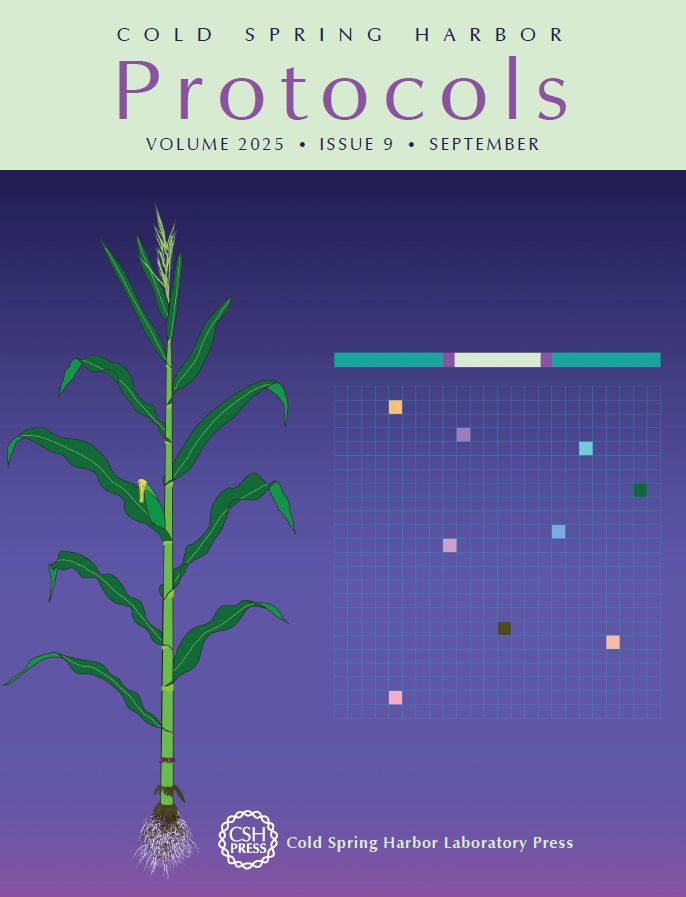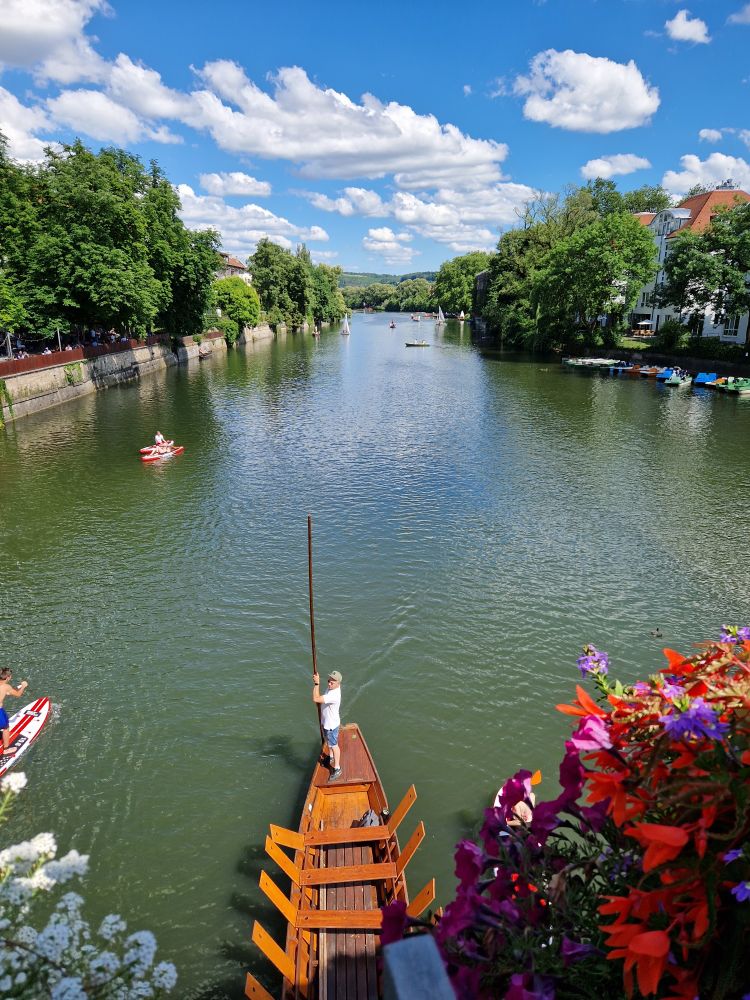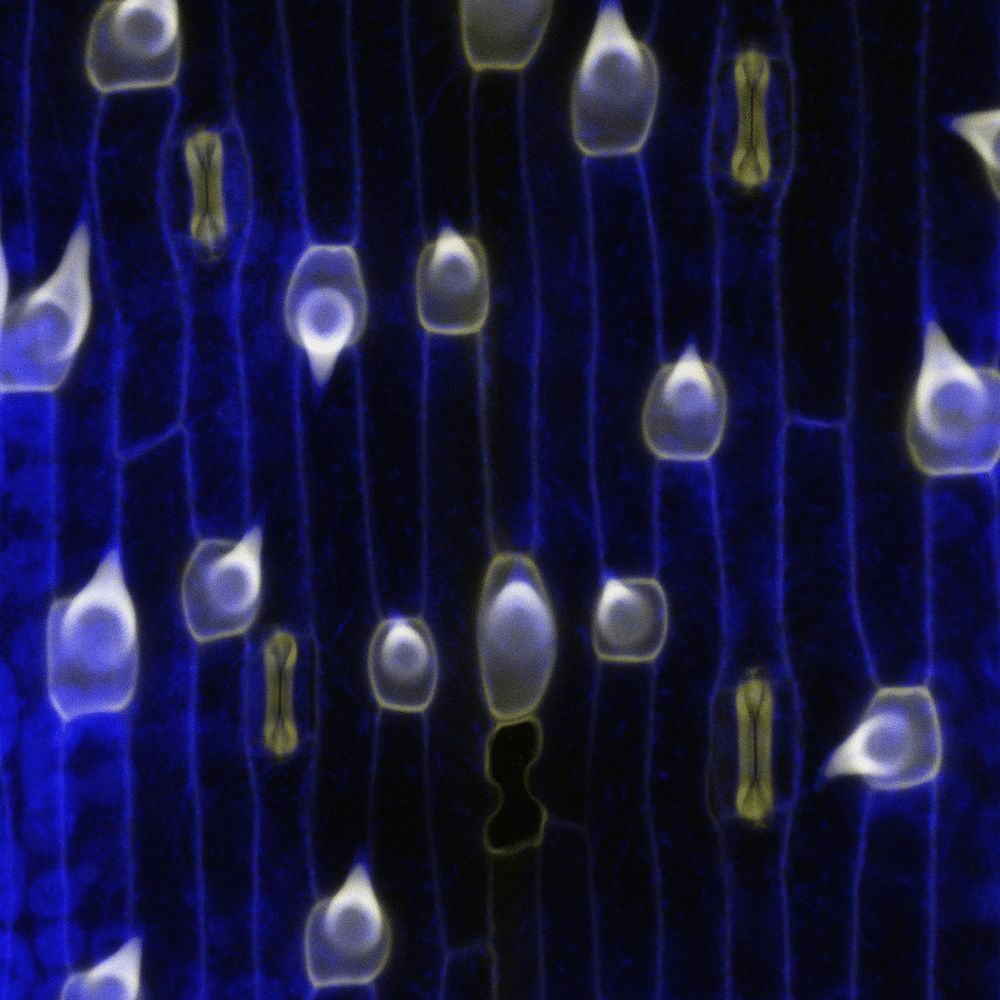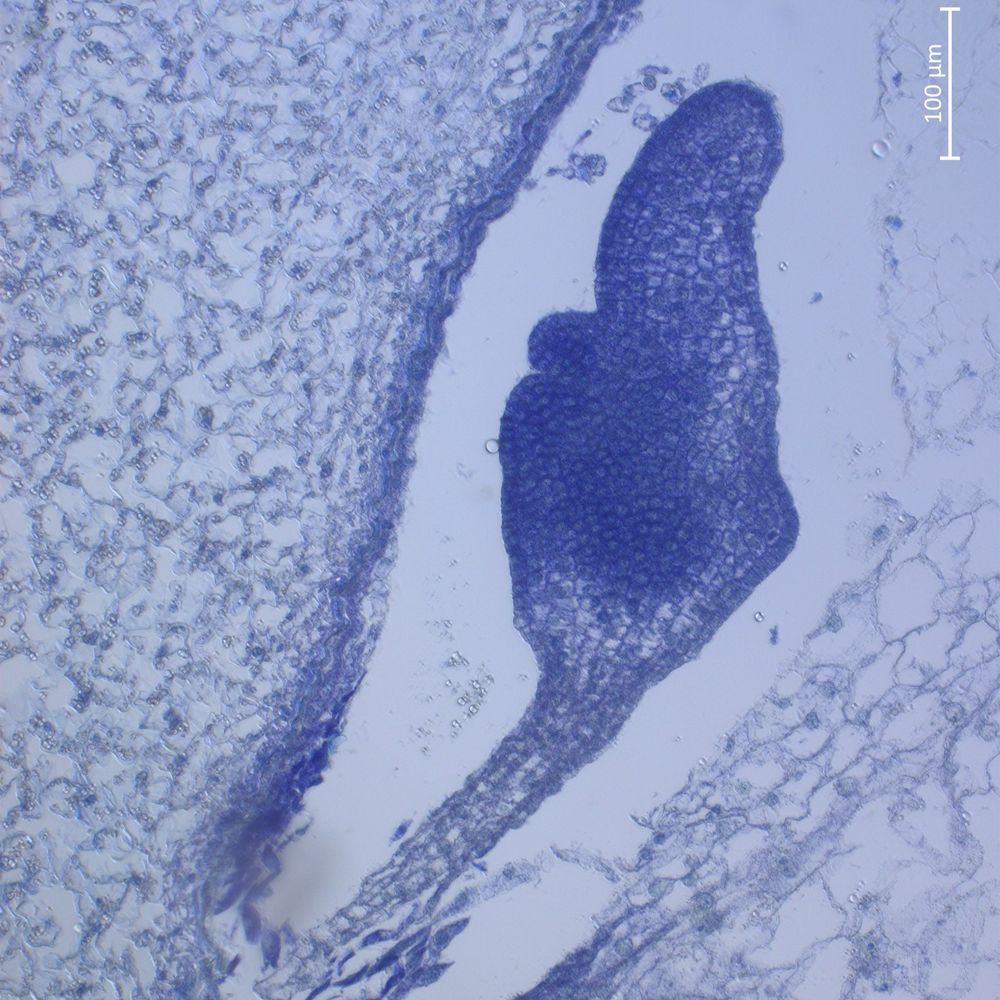Frank Hochholdinger
@hochholdingerf.bsky.social
1K followers
1.3K following
100 posts
Maize 🌽 geneticist and Professor for Crop Functional Genomics at the University of Bonn. Interested in root development and heterosis.
Posts
Media
Videos
Starter Packs
Pinned
Reposted by Frank Hochholdinger
Reposted by Frank Hochholdinger
Michael Wong
@miquai.bsky.social
· Jun 24
Reposted by Frank Hochholdinger
Reposted by Frank Hochholdinger
Reposted by Frank Hochholdinger
Reposted by Frank Hochholdinger























